Osteochondrosis is perhaps one of the leading positions in the modern series of problems of the musculoskeletal system.A person of the 21st century is not able to fully normalize his physical activity, and this is the main reason for violations in the activity of the functioning of his skeleton.
Pain in the legs, complaints of muscle fatigue, reducing activity and a noticeable deterioration in the quality of life - far from all inconvenience.On the X -ray and MRI images, changes in the integrity of the intervertebral discs are clearly noticeable.
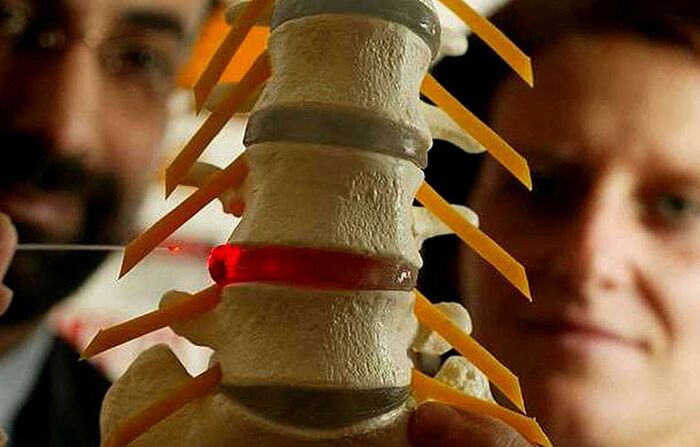
How the spine suffers
The ridge assumes maximum body weight pressure during movements.Both inactive and excessive loads (for example, weight loss) are equally harmful to the two most important substances of the spine - bone and cartilage.
Especially hard loads are forced to withstand the lower sections of the neck and lumbosacral spine.When the spine is overloaded, the load distribution is incomplete.As a result, cervical osteochondrosis or osteochondrosis of the lumbar spine can manifest. Simptoms and treatment of the latter must be considered in more detail.
The lumbar vertebrae are large and wide, connected to each other less mobile than the vertebrae of the chest or cervical region.The sacrum is formed by the vertebrae with flexible vertebrae, which are equipped with protection - intervertebral cartilaginous disks.They compensate for strokes and stretching during walking and moving significant objects.
Destruction of the disk is the cause of pain
The wheels between the vertebrae have a structure resembling a very dense, elastic jelly.This is a variety of cartilage.For proper functioning, it should be well supplied with liquids and nutrients.Any vascular changes entail the drainage of the peripheral part of the disk - the fibrous ring, and then its central region - the pulpoose nucleus.
If the fibrous ring breaks, a hernia forms in its place, which squeezes the roots of nerves extending from the spinal segment, overlaps the blood flow and normal innervation.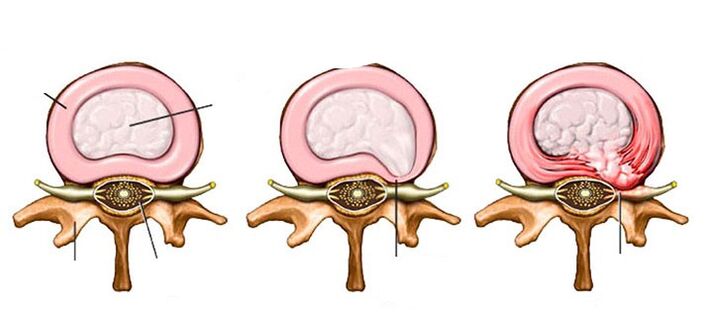 Such anatomical signs of lumbar osteochondrosis are not harmless, therefore it will not work to cure lumbar osteochondrosis from one click of fingers or just drinking a pill.
Such anatomical signs of lumbar osteochondrosis are not harmless, therefore it will not work to cure lumbar osteochondrosis from one click of fingers or just drinking a pill.
Doctors are the alarm
Medical statistics say that about 80% of the able -bodied population already know in vigor what osteochondrosis of the lumbar spine is.These patients are treated at home themselves.Less than half of them are decided to appeal to doctors.Meanwhile, the delay is unsafe for health, because it is necessary to treat osteochondrosis of the lumbar region in the early stages, when its effect can still be compensated.
Since the damage affects primarily a fibrous (cartilage) disk substance, the disease is sometimes called intervertebral osteochondrosis.If osteochondrosis of the lumbosacral spine is able to develop, then soon pathological changes in the cartilaginous tissue will be supplemented by the destruction of bone segments of the spine.
Innervation of the lower parts of the body depends on the lumbar and sacral nerves, so signs of osteochondrosis of the lumbar spine are mainly associated with pain.Even the strongest and most reliable vertebrae of the lower back can fail.And pain will be felt in the legs and back.
In the same part of the skeleton, the largest nerve is placed - sciatic.Ishias is a neuralgic disease, inflammation of this nerve.The first cause of Ishias often becomes precisely osteochondrosis of the lower spine.
Recognition and diagnosis
The patient rarely immediately goes to the doctor, while the pain can still be endured - this is the mentality of a working citizen.Symptoms of lumbar osteochondrosis in women and men do not differ except when innervation is impaired.In women - uterus and appendages, in men there is sexual dysfunction.
The destruction of the cartilage can be localized only in the lumbar region or only in the sacrum.The main symptoms of osteochondrosis of the lumbar spine and sacral osteochondrosis (symptoms) can be distinguished by radicular symptoms: infringement of the roots of the spinal-brain nerve entails the appearance of problems in the organs that this nervous path controls.
With osteochondrosis of the lumbar spine, it is customary to consider the lumbar syndrome: sharp pain in the lower back, aching sensations in the back.The legs also hurt, there is a change in gait, skin sensitivity, and numb muscle.
If squeezing the roots leads to inflammation, then swelling develops.Against the background of intoxication, muscles, joints, ligaments begin to acutely acutely, with physical activity.Patients also complain of increased sweating.
Osteochondrosis of the sacral spine is determined by the problems of the pelvis (for example, impaired functions of the muscles of the perineum, including penis in men; difficulties with defecation and urination are possible).
More often, symptoms are mixed and we are talking about a more widespread lesion of the spine, which will be designated in the medical record as osteochondrosis of the lumbar spine.The treatment is very individual, since the signs of osteochondrosis of the lumbosacral spine are diverse in each therapeutic case.
When blood vessels are compressed, the blood supply to the muscles is disturbed.Walking is accompanied by lameness and frequent stops for relaxation.The muscles of the thigh, perineum, buttocks do not receive nutrition.This is described in medical practice as ischemic syndrome for lumbar osteochondrosis.

If neurological and ischemic signs, accompanied by pain for too long affect the patient, then the deformation of the skeleton begins from the constant forced pose and spasm of the muscles.And not only the spine, but also the limbs.Mosque, and familiar poses and gait are changing.Osteochondrosis is treated not quickly, and visiting a doctor is an obligatory measure for successful overcoming the disease.
Whether it is sacral or lumbar osteochondrosis, the symptoms must be evaluated in comprehensively and professionally, not relying on your own logic or opinion of kissing grandmothers.And treatment is better to trust professional specialists.
Medical diagnostic methods
Having suspected osteochondrosis of the lumbar region, the symptoms of which are given in the previous paragraph, the patient can independently assume the diagnosis.But professional diagnosis is not limited to only questions about well -being.The doctor carefully palpates the painful areas around the spine and finds out the localization of the problem.During this part of the examination, the consequences of osteochondrosis are revealed: kyphosis (vertebral deformation), scoliosis (curvature of the spinal column), lordosis (a change in the physiological bend of the spine), asymmetry of the muscles of the limbs (often buttocks), tension, pain and discomfort in the lower back (muscle and bone tissues).
On the X -ray in two projections, the structure of each vertebra is determined and the deformations and growth of tissues are detected.CT (computed tomography) gives more pictures with a lower radiation load.And the MRI expands the capabilities of the doctor, especially when planning surgical interventions for treatment for osteochondrosis.
The choice of the method should be carried out by the doctor depending on the concomitant diseases, since each of the visual methods can be contraindicated in a single patient.
The danger of the disease
The spine carries out two important functions - maintaining the body in an upright position and managing unconscious functions of the body and unconditional reflexes.It is not difficult to guess how dangerous violations in his work can be.
Causes and prevention of spine diseases
Neglecting its health and the first signals about problems leads to a natural result - osteochondrosis of the lumbar region develops, the causes of which usually lie in everyday events and conditions:
- The fact of straightforwardness is already a risk factor for the lower spine.How long does an ordinary person devote to rest and relaxation?Much less than necessary to restore joints and bones after irregular physical exertion;
- To neglect sports exercises and morning exercises in favor of official duties is considered the norm.But for the spine, sitting at the computer is critical;
- And with physical exertion and when working at the computer, patients do not monitor posture.And the causes of lumbar osteochondrosis lie in such "trifles";
- The developed flat feet developed in childhood may even go unnoticed, but at the same time it worsens the prognosis and complicates the treatment of lumbar osteochondrosis;
- The problems of weight fluctuations or the constantly present overweight is another risk factor for a working, smoking and nervous population.Moreover, these related causes of osteochondrosis of the lumbar spine are no less formidable than the disease itself.It is advisable to get rid of bad habits before curing osteochondrosis of the lumbar region, and again never return to smoking or gluttony;
- Deviations from the norm of hormonal background (due to taking drugs or problems of metabolism) and pathological processes (inflammation) entail malfunctions of all body systems, including muscles and joints.For women's health, they are doubly destructive.
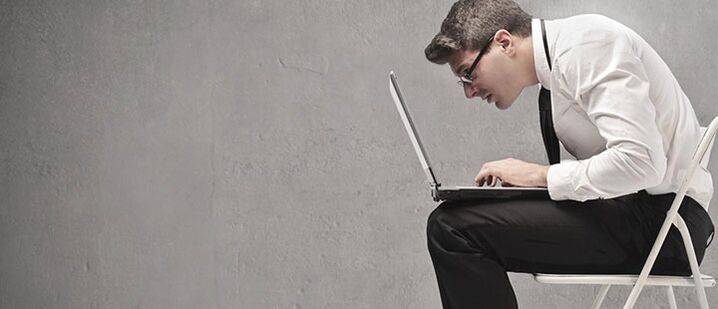
The regime of the day, load on the body is important to measure with the capabilities of your body both in statics and in dynamics.Constant work at the limit will eventually entail health problems.And if the anamnesis is complicated by heredity, then the treatment of osteochondrosis of the lumbar spine cannot be completely put into a long box.
Even small changes for the better in everyday life and physical activity of a potential patient can significantly delay age -related problems with the spine.
Destruction process: from mild forms to irreparable consequences
Treatment for osteochondrosis of the lumbosacral spine-a complex of various measures depending on the stage of development of the disease:
- Crossing the fibrous ring entails the displacement of the pulpoose nucleus.The deformation is still minimal, but non -permanent constantly present or spontaneously arising after the load of pain in the lower back can occur.At this stage, a doctor’s consultation is enough, since you can treat lumbar osteochondrosis, practically without changing your habits.
- The disc is gradually drained and sophisticated.The nerve endings begin to infringe on the displacement.The pain intensifies, come with bouts, redness, sweating, sensation of “chill” or heat are added to them.According to the patient’s stories, the doctor confidently diagnoses osteochondrosis of the lumbosacral spine.Treatment, reviews of which in patients are mostly positive, is reduced to the methods of a conservative type and a significant correction of the lifestyle.
- The cartilage layer finally breaks into the place of gap, close to the spinal canal, migratures the pulpic core, which ceases to normally fulfill its main function (depreciation) and now significantly compresses the nerve.The spine is already very noticeably deformed, and this does not lend itself to complete correction.In the third stage, osteochondrosis of the lumbosacral spine, the symptoms supplement its symptoms with single or multiple intervertebral hernias.Is osteochondrosis treated at this stage?Yes, but there are significant restrictions.
- The disease reaches the most dangerous state at the fourth stage.The spinal deformations are already irreversible, the hernias are pronounced, mobility is finally broken, and periodically disappearing pain and markedly limited life capabilities lead to disability.With this diagnosis - 4 stages, lumbar osteochondrosis - a patrine is carried out only to stabilize the functions of the spine.A full recovery, alas, is no longer possible.
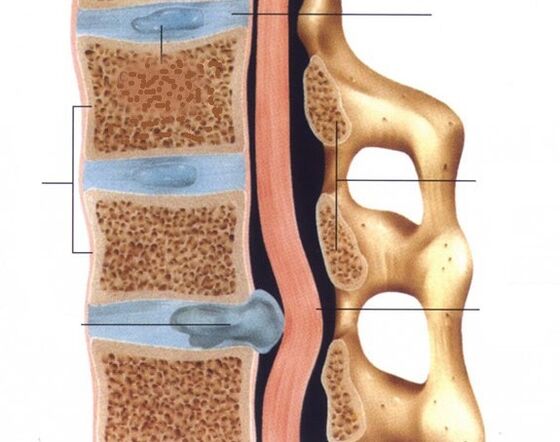
Lumbar-cross osteochondrosis, the symptoms of which are initially similar to banal fatigue and overstrain, can be very dangerous for the patient.Do not try to postpone the treatment of lumbar osteochondrosis for later in yourself or your loved ones.Insist on the examination and start the struggle as soon as possible.
Dangerous consequences of the disease
Forced poses, spasmings and restrictions of movement lead to the weakening and atrophy of muscle fibers.Not only the motor muscles suffer, but also the smooth-muscular muscles of the internal organs.The ligaments that are responsible for the tone of the joints are also weakened.Hence the appearance of concomitant pathologies.
Damaged intervertebral discs create women's problems during pregnancy, and in men from osteochondrosis of the lumbar region, sexual dysfunction can develop.Any hernia (as a result of protrusion) in any part of the spine is the risk of losing sensitivity or complete paralysis of one or another part of the body.
One of the unpleasant complications of the disease is spondyl arthrosis - a pine -like growth of bone tissue.Another attack of the same group is spondylosis.These are protrusions and spurs growing right on the spine!Ischemic syndrome can even threaten a fatal outcome depending on its localization.
Attempts to get rid of osteochondrosis with artisanal methods can lead to a deterioration.The sooner it is possible to begin professional treatment of lumbosacral osteochondrosis, the better the prognosis.
Of course, all these frightening consequences make the patient ask the question: is osteochondrosis to cure, what to do to minimize his consequences.This is possible if the disease is not launched.Only in this case, the fabric disk fabric can be restored and again normally support the spine.
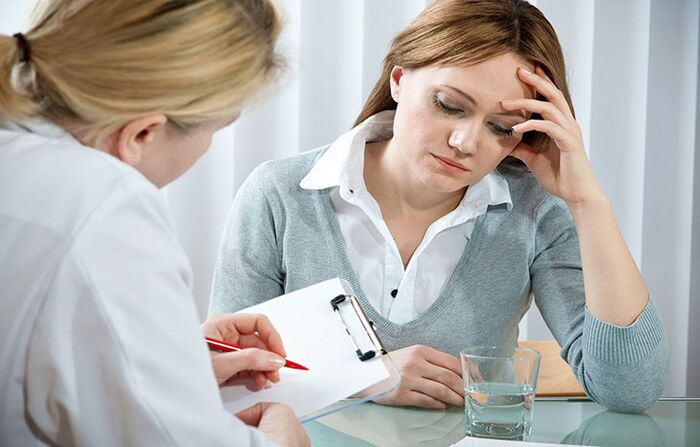
We treat the lower back and sacrum
All drugs should be selected by an experienced doctor on the principle of compatibility, and not by trial.Patients who were treated on their own are once forced to turn to doctors for help.But doctors can not always make the patient healthy again.When the patient was diagnosed with lumbar osteochondrosis, symptoms and treatment are considered in dynamics.It is important to individually take into account diseases of the vascular system, nerves, endocrine features and pathologies of the musculoskeletal system.
With the diagnosis of osteochondrosis of the lumbar department, treatment should include several points:
- Rationing of static (sedentary) and dynamic loads in accordance with the degree of severity of the disease;
- LFK classes are necessarily with an instructor, since it is quite difficult to get rid of the consequences of the disease.The specialist from the outside will much better appreciate the stiffness of muscles, symmetry and coordination of movements.Daily home gymnastics includes cautious inclinations (deviations) of the case to the right, left, forward and back, walking on all fours on a solid surface, stretching the spine behind its own hands (in a lying position);
- The use of medicines allows you to get rid of pain, spasm.Reduce swelling, inflammation and restore the destroyed cartilage.The treatment regimen includes analgesics, NSAIDs (non -steroidal anti -inflammatory), antispasmodics and glucocorticosteroids (all in injections);
- Manual therapy outside of exacerbation.Classic and manual massage are prescribed in the absence of contraindications.With home massage and requests “go on my back” it is better not to experiment;
- Occasionally - an operation.Some types and manifestations of hernias and protrusions require emergency surgical intervention. This allows you to protect the patient from disability and save his life.
It is important that the treatment of lumbosacral osteochondrosis is systemic and controlled by a doctor.Do not neglect preventive visits and examinations - this will help for many years to maintain mobility and good health.

























